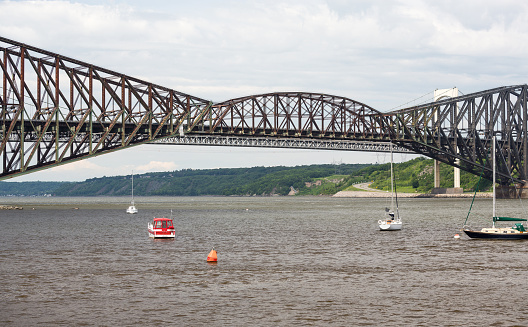Cantilevers serve as the primary structural components of a cantilever bridge (structures that are anchored at only one end while the other projects horizontally into space). To build smaller (pedestrian) bridges, structural steel beams can be used, or trusses composed of prestressed concrete box girders can be used for bigger (road or rail traffic) bridges.
When the demand for longer bridges arose in the 19th century, the first cantilever bridges were developed. Engineers at the time discovered that using several supports to spread the loads made it easier to attain the desired length.
Bridges with hinge points in the middle of the span before cantilever bridges. It was Heinrich Gerber, in 1866, who became the first to create and patent a cantilever bridge. Hassfurt Bridge across the Main River in Germany was the first cantilever bridge designed and built by him.
Despite its modest size (38 meters), it is credited with being the first modern cantilever bridge. Charles Conrad Schneider’s Niagara Cantilever Bridge in 1883, John Francis O’Rourke and Pomeroy P. Dickinson’s High Bridge in Poughkeepsie Bridge in 1889 were three other early cantilever bridges. In the east of Scotland, the Forth Bridge, a cantilever bridge that crosses the Forth River, is one of the most renowned early cantilever bridges. Built in 1890, it has a total length of 2,528.7 m and a maximum span of 520 m. Until the 549-meter-long Quebec Bridge was completed in 1919, this was the world’s longest suspension bridge.
